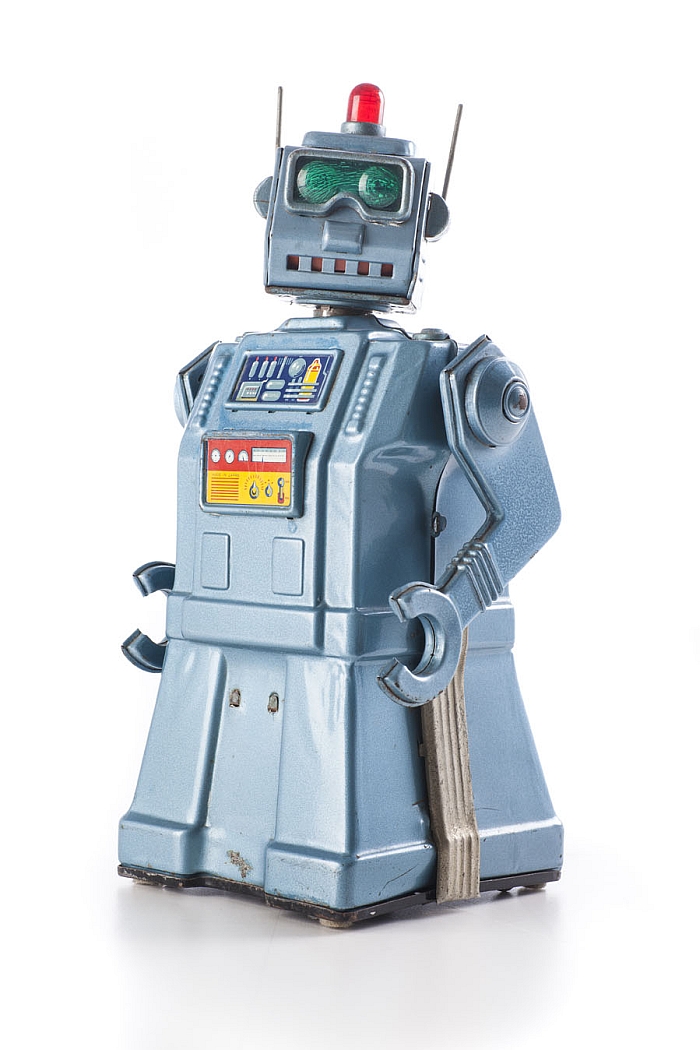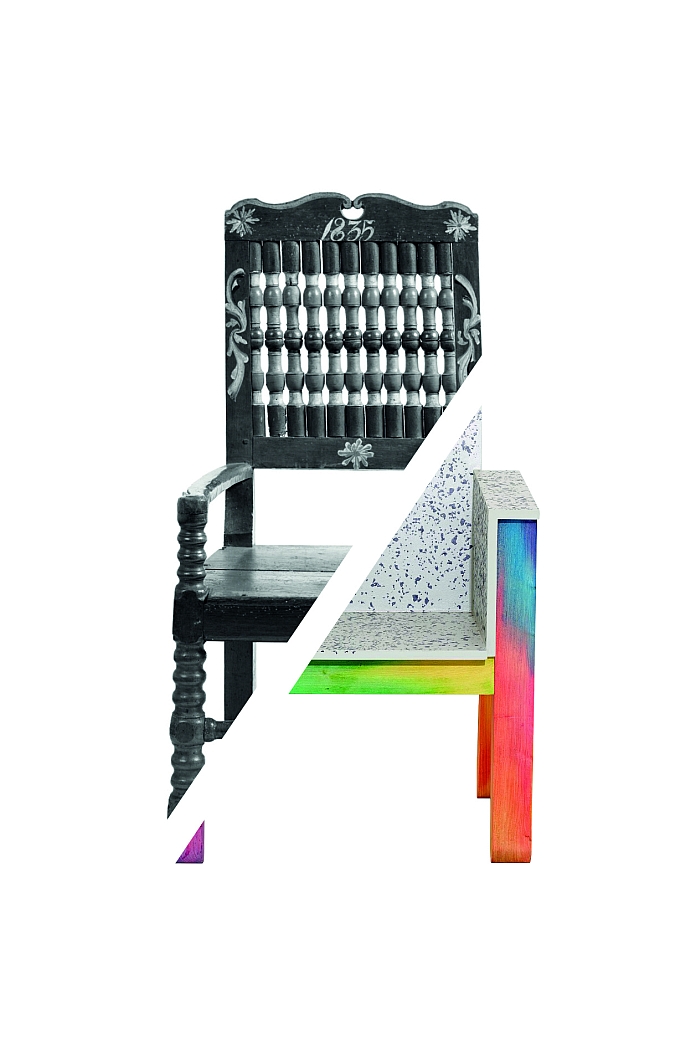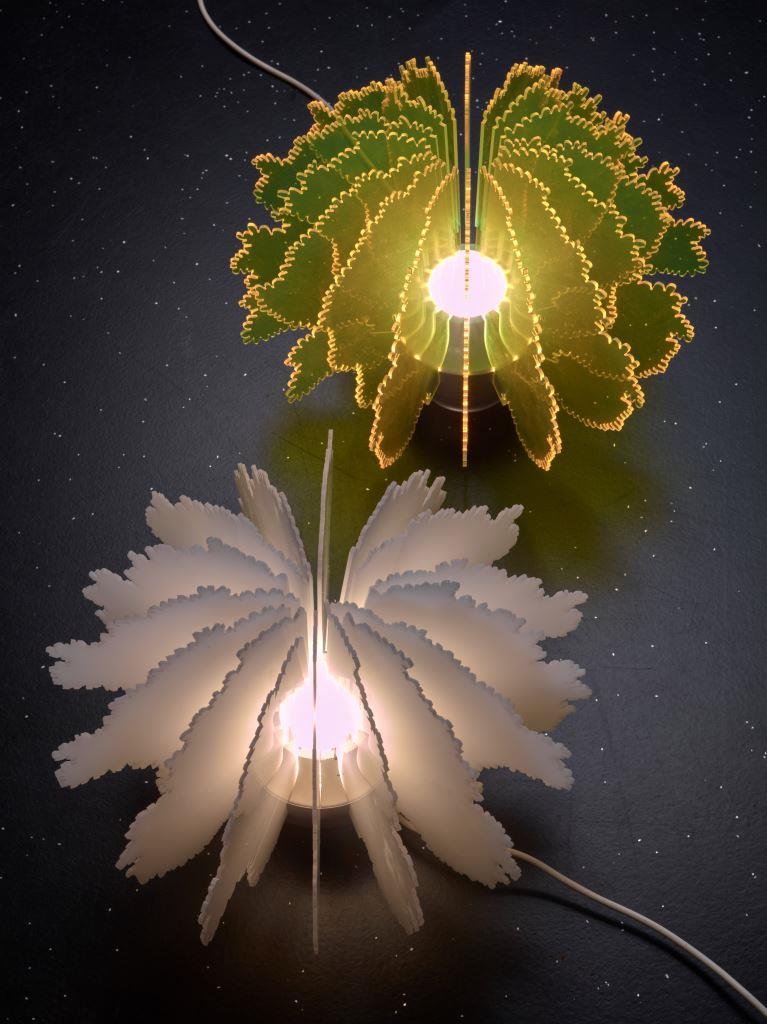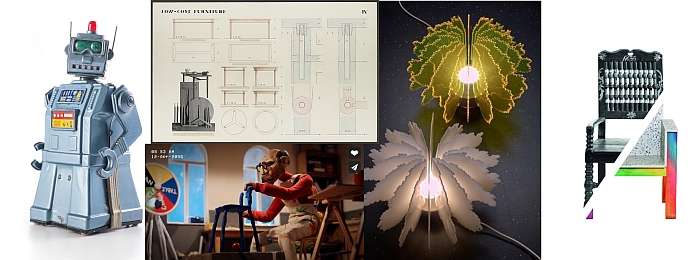5 New Design Exhibitions for February 2017
Our picks from the new architecture and design exhibitions opening in February 2017, featuring showcases in Weil am Rhein, Falkenberg, ‘s-Hertogenbosch, Berlin and Groningen.
5 New Design Exhibitions for February 2017
“Good morrow, Benedick. Why, what’s the matter,
That you have such a February face,
So full of frost, of storm and cloudiness?”,
enquires Don Pedro of Benedick in Shakespeare’s Much Ado About Nothing.
Shakespeare gives the impression that Benedick’s mood is somehow related to his confusion over his true feelings for the fair Beatrice; we suspect he’s just cross and angry that it’ll be 500 years before he can view the following new design and architecture exhibitions opening in February 2017.
You don’t have to.
And thus have no excuse for “such a February face”
“Hello, Robot. Design between Human and Machine” at the Vitra Design Museum, Weil am Rhein, Germany
From the friendly, ever so slightly cheeky, characters of 1950s American sitcoms, “robots” in their manifold form have evolved into an inescapable part of our daily lives. And their ascendency doesn’t look like stopping any time soon. With the exhibition Hello, Robot the Vitra Design Museum aim to investigate where we are at, how we got here, where we could go – and for us most importantly, if we want to go there. We, for example, don’t remember anyone ever asking us if we want our sky full of delivery drones. Amazon just arrogantly assume we do. We don’t. We find the idea simply horrendous!
Divided into four sections Hello, Robot starts by reflecting on the human fascination with robots, before moving on to explore first how they have, and continue to, affect work and industry, and subsequently the contemporary robot as omnipotent friend and helper. The final section is dedicated to what the museum refer to as the “blurring of the boundaries between humans and robots”: as robots become smarter – and humans arguably become dumber – where is that taking us? In which context, the exhibition promises to pose a series of 14 questions intended to encourage the visitor to reflect on their own attitudes towards robots and increasing digital technology.
Given the role, ubiquitousness and importance of robots in contemporary society, and for all their unchallenged role, ubiquitousness and importance, Hello, Robot sounds like being a timely and relevant chance to draw stock and reflect.
Hello, Robot. Design between Human and Machine opens at the Vitra Design Museum, Charles-Eames-Str. 2, 79576 Weil am Rhein on Saturday February 11th and runs until Sunday May 14th

Yonezawa, “Directional Robot”, 1957. Back in the day, when robots were friendly…..(Photo: Andreas Sütterlin, 2016, courtesy Vitra Design Museum)
“Back to the future – what can contemporary design learn from folk craft?” at Falkenbergs Museum, Falkenberg, Sweden
We freely admit to not completely understanding how a relatively small museum in a relatively small community in a relatively rural, coastal region of Sweden manages to organise such interesting sounding and originally themed design exhibitions: and that with a regularity that puts most major design museums to shame. We are however delighted they do.
But perhaps more remarkable is that Back to the future – what can contemporary design learn from folk craft? was originally organised by an even smaller museum in an even smaller community in an even more rural, coastal region of Sweden.
In 2016 the Österlens Museum, Simrishamn asked the Swedish art and design critic Dennis Dahlqvist to select 8 traditional, handicraft, items from their collection and pair them with contemporary design objects: and thereby not only create a dialogue between historic and contemporary product design but also allow for reflection on the relevance, value and function of traditional crafts in our modern world.
Expanded through objects from the Falkenbergs Museum’s collection Back to the future promises to explore the connection between craft and design from a number of perspectives – including amongst others ornamentation, spirituality, humour and storytelling – and thereby, hopefully, underscore the importance of materials and process in product design, query the relationship between form and function and remind us not only that contemporary product design has historic roots, but that we’re not as clever as we think we are. Just have increasing possibilities at our disposal. The secret is using them properly.
Back to the future – what can contemporary design learn from folk craft?” opened at Falkenbergs Museum, Skepparesträtet 2, 311 31 Falkenberg on Saturday January 28th and runs until Sunday April 23rd

Back to the future what can contemporary design learn from folk craft at Falkenbergs Museum (Photo montage. Photographer: Erik Karlsson (folk) and Daniel Wahlberg (contemporary), courtesy Falkenbersg Museum)
“The last avant-garde. Radical design in Italy 1966 – 1988” at Stedelijk Museum, ‘s-Hertogenbosch, Holland
According to the Stedelijk Museum, The last avant-garde. Radical design in Italy 1966 – 1988 is the first exhibition in Holland dedicated to Italian Radical/Post-Modern design. What particularly amuses us about it is that being staged as it is in ‘s-Hertogenbosch, and thus just down the road from the Design Academy Eindhoven, it sets the conceptual design of 20th century Italy against the conceptual design of 21st century Holland. In effect 1970/80s Milan against 20XX Eindhoven.
Promising to trace Italian architecture and design from the dawn of radicalism with Archizoom and Supertsudio in 1960s Florence over Alchymia in the 1970s and finally Memphis in the 1980s, The last avant-garde aims to explore the motivations of leading protagonists such as, amongst others, Andrea Branzi, Alessandro Mendini and Ettore Sottsass, how they brought form to these motivations and ultimately the legacy of those Radical years.
In which context the exhibition title is not irrelevant, implying as it does that there is no contemporary Dutch avant-garde. Which very naturally posses the question as to what then underscores the more conceptual contemporary Dutch design? A question which, we suspect, having understood what underscored Italian Radical design will become all the more pertinent……
The last avant-garde. Radical design in Italy 1966 – 1988 opens at the Stedelijk Museum ’s-Hertogenbosch, De Mortel 4, 5211 HV ‘s-Hertogenbosch on Saturday February 18th and runs until Sunday June 11th

Cespugli by Ennio Lucini for Guzzini (1969) (Photo Erik & Petra Hesmerg, courtesy Stedelijk Museum, s’Hertogenbosch)
“gern modern? Living Concepts for Berlin after 1945” at the Werkbundarchiv – Museum der Dinge, Berlin, Germany
In the wake of the Second World War Europe needed quick, affordable solutions for the necessary rehousing and refurnishing. With the exhibition gern modern? Living Concepts for Berlin after 1945 the Werkbundarchiv – Museum der Dinge Berlin seek to explore both those solutions which were proposed for Berlin and their contemporary relevance.
With a focus on the work undertaken by the Deutsche Werkbund and its members, gern modern? promises “contributions” from the likes Eduard Ludwig, Herbert Hirche, Hans Scharoun and Hans & Wassili Luckhardt – and in context of the building exhibition Interbau 1957, some of the leading international architects of the day including Egon Eiermann, Arne Jacobsen and Alvar Aalto – and aims to discuss the situation in both the East and West sectors of the city, analyse what was needed, what was undertaken and why – and thus by extrapolation if the approaches applied were appropriate, helpful. A not unimportant consideration given the current housing situation in Berlin. For only by honestly analysing the past can we progress in an open and constructive fashion.
gern modern? Living Concepts for Berlin after 1945 opens at the Werkbundarchiv – Museum der Dinge, Oranienstraße 25, 10999 Berlin on Thursday February 9th and runs until Monday June 26th

Eduard Ludwig, Montagemöbel, Presentation for the MoMA New York, Low New York, 1953 (Photo © Klassik Stiftung Weimar, Courtesy Werkbundarchiv – Museum der Dinge Berlin)
“Hide & Seek, Maarten Baas” at the Groninger Museum, Groningen, Holland
For us there is something captivating about the Clay furniture collection by Dutch designer Maarten Baas. Hand formed from clay, the objects are neither handcraft in the biblical sense, nor industrial production.
Much more the process is something small children do.
Aesthetically charming sure, but how they fit into the (hi)story of furniture design is another question.
Where Maarten Baas fits into the (hi)story of contemporary design will/should be explored in the Groninger Museum’s exhibition Hide & Seek. The first major solo Maarten Baas exhibition Hide & Seek promises to follow his development from his breakthrough 2002 “Smoke” project – which saw him scorch furniture and then apply an epoxy resin so that it could still be used – over projects such as Real Time, Grandfather Clock, and of course Clay.
Often held up as one of the leading Dutch designers of his generation, Maarten Baas is much more one of the few Design Academy Eindhoven graduates who have been able to translate a more conceptual approach to design into critical and commercial success. Hide & Seek should provide some clues as to why that is the case.
Hide & Seek, Maarten Baas” opens at the Groninger Museum, Museumeiland 1, 9711 ME Groningen on Saturday February 18th and runs until Sunday September 24th
More inspiration?
External content is linked here. If you want to see the content once now, click here.
CLAY 2056 by Niels Hoebers and Maarten Baas
Tagged with: 's-Hertogenbosch, Berlin, Der Deutsche Werkbund, Falkenberg, Groningen, Hello Robot, Maarten Baas, Stedelijk Museum, Vitra Design Museum, Weil am Rhein, Werkbundarchiv – Museum der Dinge
